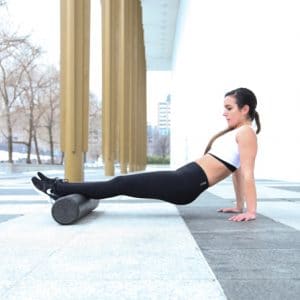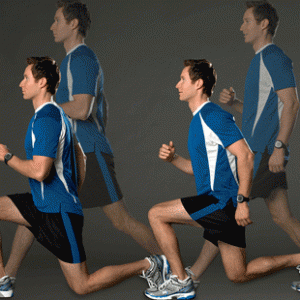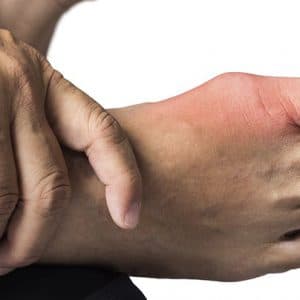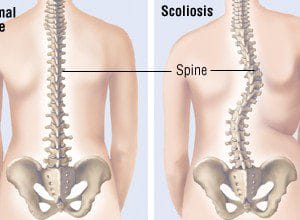
Many times we get asked here in the clinic, “Is there anything specific I can eat to help with my spine and/or joint recovery?” Although we don’t prescribe any kinds of medication as part of our treatment process, there are certain vitamin rich foods we would encourage our practice members to include with their diet. Foods rich in calcium for example, promotes bone health and that, would be a good place to start. Calcium is crucial in maintaining the necessary level of bone mass to support the structures of the body. The body is constantly using calcium for the heart, blood, muscles and nerves. Calcium is lost through normal bodily processes such as waste and the shedding of hair, fingernails, sweat and skin. If someone does not take enough calcium in their diet to replenish the body’s daily use, the body would start to take calcium away from the bones. This would weaken the bone structures and make them susceptible to fractures. Bone mineral density or BMD, is an assessment of bone density which indicates the strength of bones as defined by calcium content. Low BMD is more predictable with aging and lower weight therefore increasing the risk of fractures and could eventually lead to osteoporosis. It’s important to include calcium into your everyday diet to ensure you are within the healthy BMD range. To find out where you are on the BMD scale, a BMD test can be done at specialist hospitals or orthopaedic centres. Food rich in calcium include dairy products (e.g. yoghurt, cheese, milk), dark green leafy vegetables (e.g. spinach and broccoli), beans/peas (e.g. tofu, peanuts, almonds, beans) and some types of fish (e.g. salmon, sardines), just to name a few. For example, rolled oats or granola together with yoghurt, make a fantastic breakfast option. By adding nuts and/or...
 We previously did a brief writeup introducing kinesiology (or kinesio) taping. However, in this post, we shall go into a little more detail explaining further how kinesio taping can be used as an effective mode of treatment, especially in the realms of sports physical therapy and manual therapy. Background on Kinesio Taping Just to give some background, kinesio taping was developed by a licensed chiropractor from the United States (US) called Dr. Kenzo Kase. Dr. Kase developed the kinesio taping method in the 1970s to fill a void in the treatment options that were available during that time. The method employs kinesio tex tape, a type of therapeutic tape designed to work in harmony with the body’s natural movements and support recovery. The popularity of the use of kinesio taping grew after the extensive media coverage during the 2008 Beijing Summer Olympics. Now, you can find athletes across most sporting codes using kinesio taping during their events. Benefits of Kinesio Taping So, how does kinesio taping effectively benefit a Practice Member here at Spinefit Chiropractic? Decompresses an area of swelling and inflammation By using the kinesio tape, it has been noted to have a microscopic lifting effect underneath the skin and between the skin’s many layers. This action supports the circulatory system in clearing the by-products of inflammation, thereby relieving pain and reducing swelling. For soft tissue injuries like bruises, kinesiology tape helps decrease pain and accelerates recovery. Delays fatigue Research has shown that kinesio tex tape positively influences the sensory nervous system, which helps lessen pain and muscle fatigue. When used during rehabilitation, the kinesio tape can not only help the parts of your body that are currently hurting but also for the surrounding muscle areas that may not be working as well. Normalises muscle tone...
We previously did a brief writeup introducing kinesiology (or kinesio) taping. However, in this post, we shall go into a little more detail explaining further how kinesio taping can be used as an effective mode of treatment, especially in the realms of sports physical therapy and manual therapy. Background on Kinesio Taping Just to give some background, kinesio taping was developed by a licensed chiropractor from the United States (US) called Dr. Kenzo Kase. Dr. Kase developed the kinesio taping method in the 1970s to fill a void in the treatment options that were available during that time. The method employs kinesio tex tape, a type of therapeutic tape designed to work in harmony with the body’s natural movements and support recovery. The popularity of the use of kinesio taping grew after the extensive media coverage during the 2008 Beijing Summer Olympics. Now, you can find athletes across most sporting codes using kinesio taping during their events. Benefits of Kinesio Taping So, how does kinesio taping effectively benefit a Practice Member here at Spinefit Chiropractic? Decompresses an area of swelling and inflammation By using the kinesio tape, it has been noted to have a microscopic lifting effect underneath the skin and between the skin’s many layers. This action supports the circulatory system in clearing the by-products of inflammation, thereby relieving pain and reducing swelling. For soft tissue injuries like bruises, kinesiology tape helps decrease pain and accelerates recovery. Delays fatigue Research has shown that kinesio tex tape positively influences the sensory nervous system, which helps lessen pain and muscle fatigue. When used during rehabilitation, the kinesio tape can not only help the parts of your body that are currently hurting but also for the surrounding muscle areas that may not be working as well. Normalises muscle tone...









